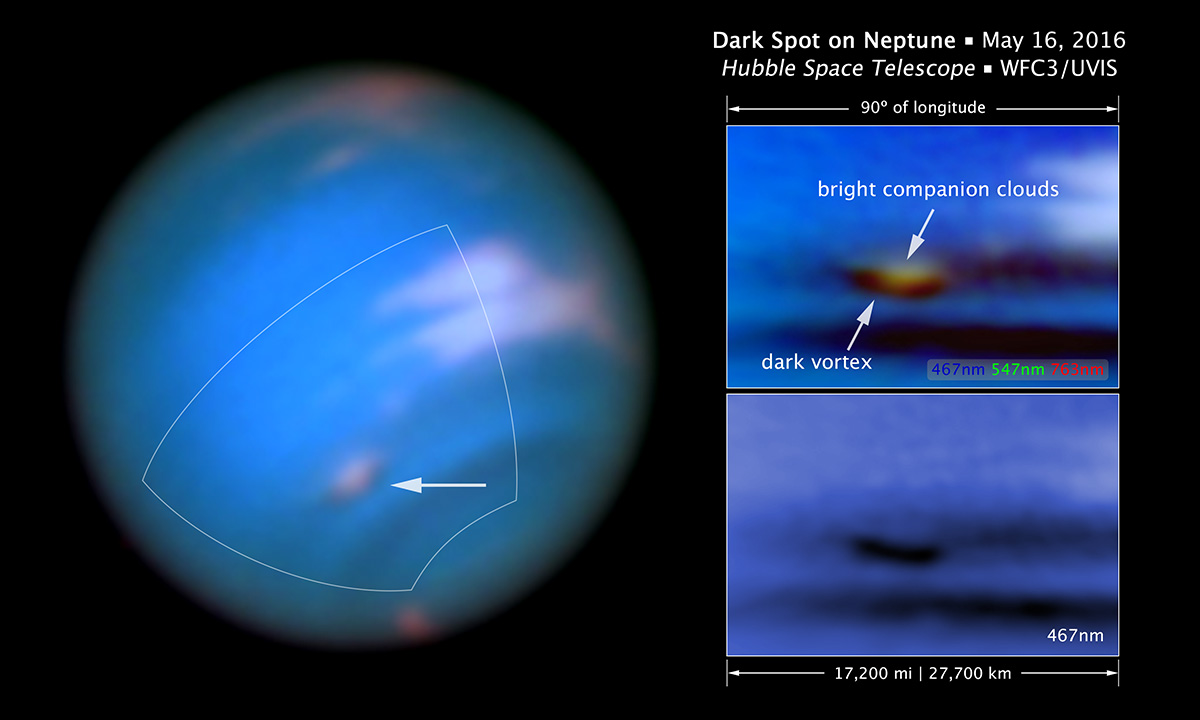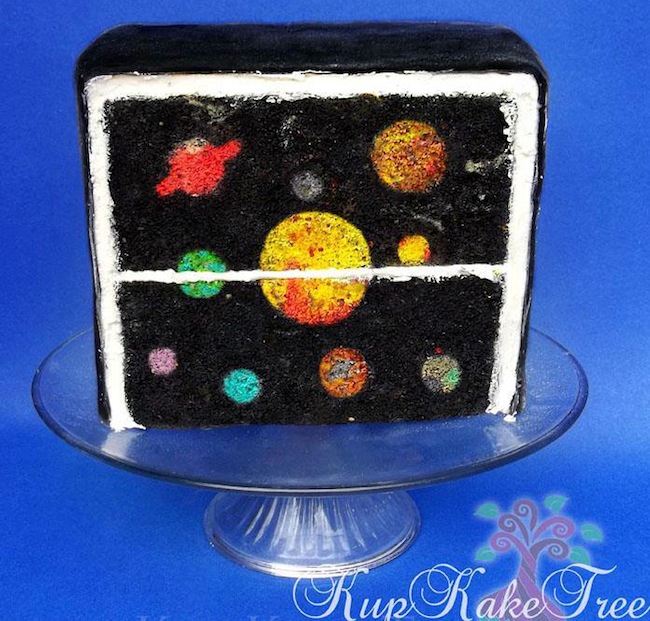
A baker's dozen worth of moons might already sound like too many for us Earthlings, but Neptune has just had its count bumped to 14. Though the extra luna appeared as a white dot in over 150 photos taken by NASA's Hubble telescope between 2004 and 2009, it took SETI's Mark Showalter to discover it after poring over images of faint rings around the planet. Dubbed S/2004 N 1, the satellite is no more than 12 miles across and completes its orbit every 23 hours. Hoping to spot it in the night sky? You're better off hitting the second source link for more pictures, as it's 100 million times dimmer than the faintest star viewable with the naked eye, and it escaped Voyager 2, to boot.
[Image credit: NASA, ESA and A. Feild (STScI)]
Filed under: Science, Alt
Comments
Source: NASA, HubbleSite
 Researchers gazing through NASA's hardworking, time-bending Hubble space telescope spotted a new storm brewing on Neptune last month. As the space agency confirmed today, research astronomers analyzing telescope data at the University of California a...
Researchers gazing through NASA's hardworking, time-bending Hubble space telescope spotted a new storm brewing on Neptune last month. As the space agency confirmed today, research astronomers analyzing telescope data at the University of California a...
 Researchers gazing through NASA's hardworking, time-bending Hubble space telescope spotted a new storm brewing on Neptune last month. As the space agency confirmed today, research astronomers analyzing telescope data at the University of California a...
Researchers gazing through NASA's hardworking, time-bending Hubble space telescope spotted a new storm brewing on Neptune last month. As the space agency confirmed today, research astronomers analyzing telescope data at the University of California a...












